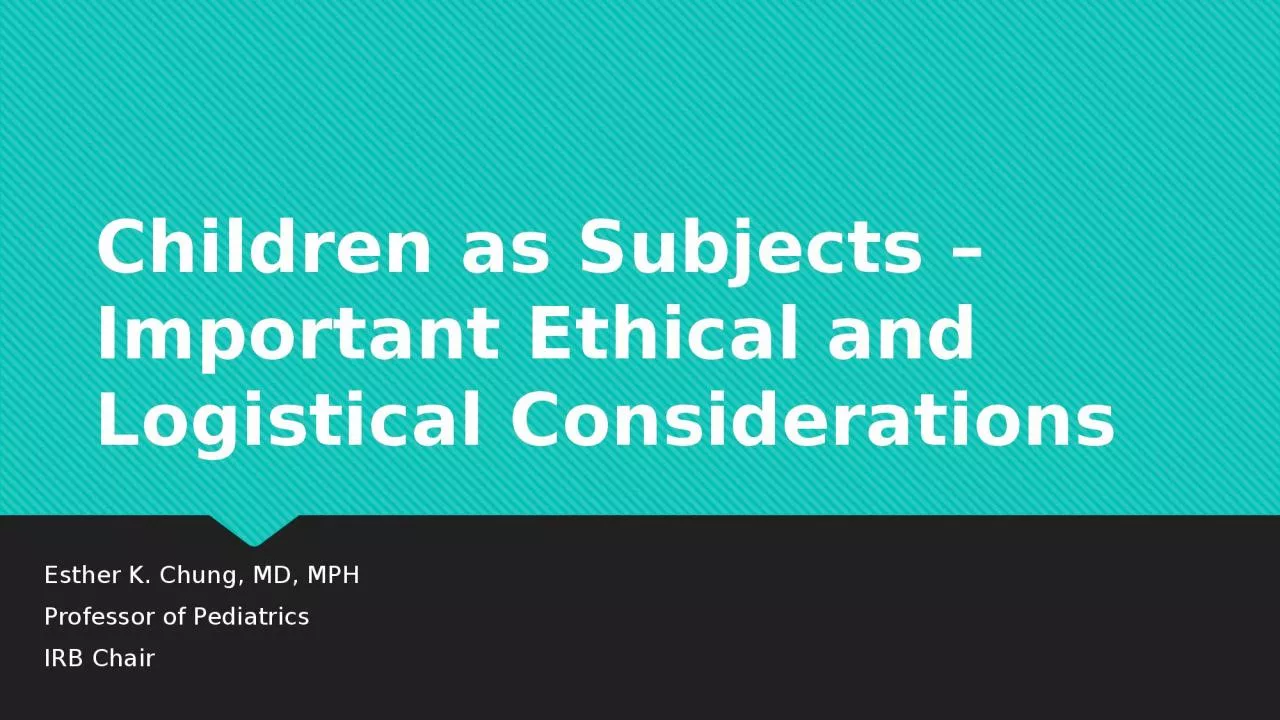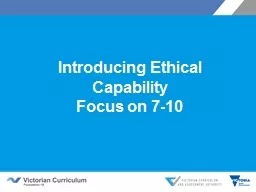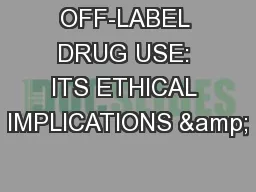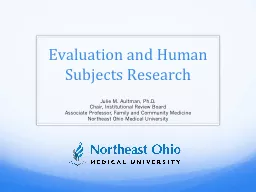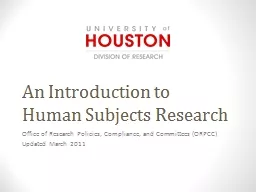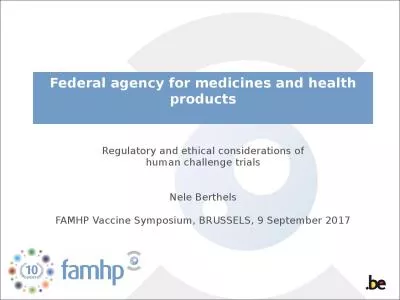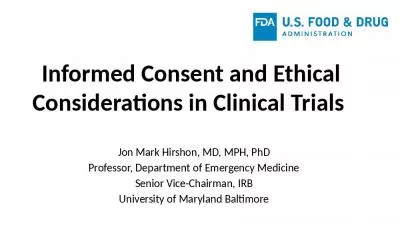PPT-Children as Subjects – Important Ethical and Logistical Considerations
Author : okelly | Published Date : 2024-01-29
Esther K Chung MD MPH Professor of Pediatrics IRB Chair Children as a Vulnerable Population Subject to coercion and undue influence Potential population of convenience
Presentation Embed Code
Download Presentation
Download Presentation The PPT/PDF document "Children as Subjects – Important Ethic..." is the property of its rightful owner. Permission is granted to download and print the materials on this website for personal, non-commercial use only, and to display it on your personal computer provided you do not modify the materials and that you retain all copyright notices contained in the materials. By downloading content from our website, you accept the terms of this agreement.
Children as Subjects – Important Ethical and Logistical Considerations: Transcript
Download Rules Of Document
"Children as Subjects – Important Ethical and Logistical Considerations"The content belongs to its owner. You may download and print it for personal use, without modification, and keep all copyright notices. By downloading, you agree to these terms.
Related Documents

